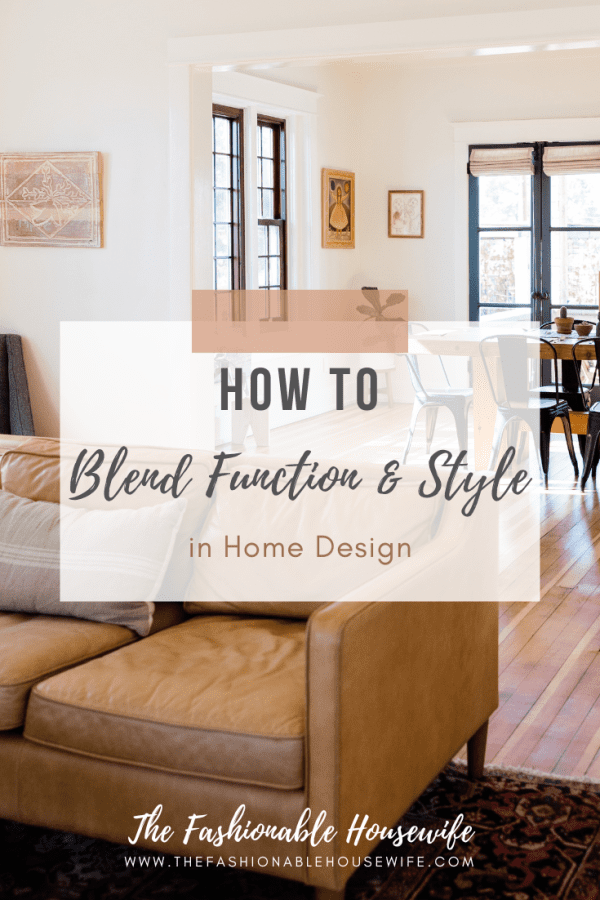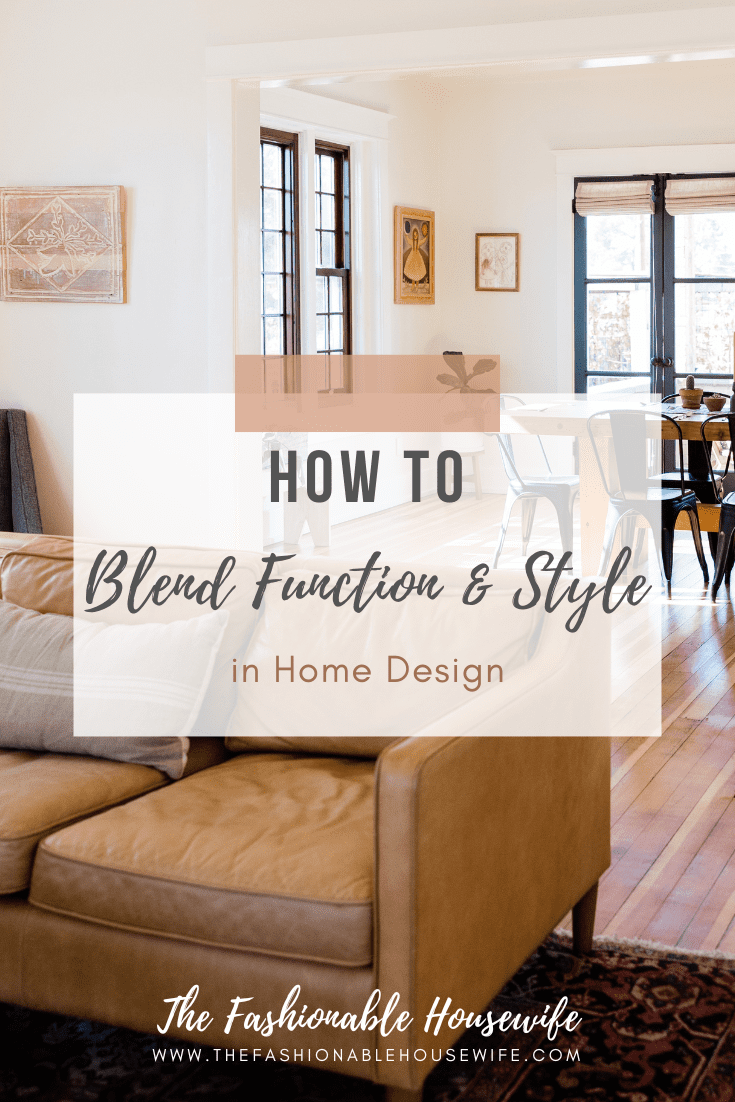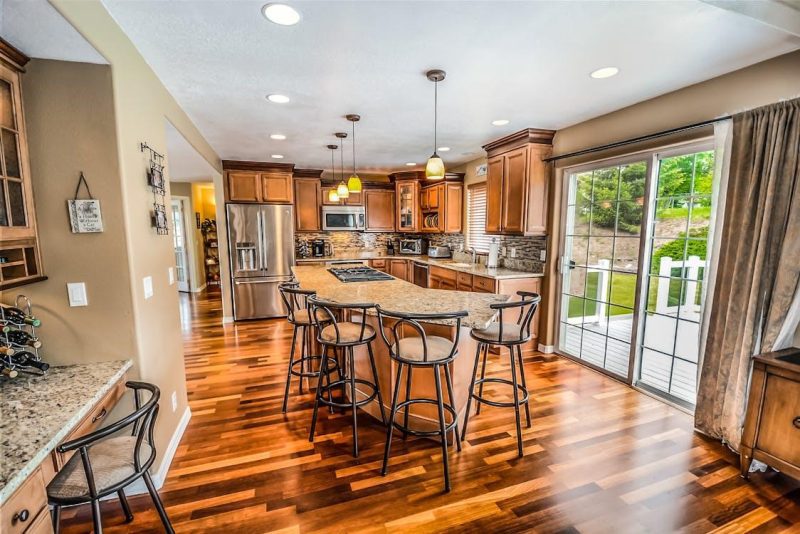How to Blend Function and Style in Home Design

Every home should look good, but it also needs to work for real life. For homeowners in Jacksonville, FL, this balance is especially important. With the city’s warm climate, seasonal humidity, and family-centered neighborhoods, interior spaces have to hold up while still feeling comfortable and stylish.
Open layouts, light colors, and practical storage are popular design choices here, and for good reason. Whether it’s a coastal-style bungalow or a more modern build, Jacksonville homes benefit from design that supports daily routines without sacrificing visual appeal.
How to blend function with style means thinking about how each space is used. A home can look great in photos but fall short when it comes to day-to-day needs. That’s why good planning and the right materials matter. When a design works well, it makes everyday living easier while still feeling like a space worth showing off.
Start with Smart Planning and Local Expertise
Every successful home design starts with planning that reflects the homeowner’s lifestyle. It’s not just about picking colors or arranging furniture—it’s about designing spaces that support how people actually live. This includes everything from daily routines to climate-related concerns, especially in places like Jacksonville, FL.
In Jacksonville, heat, humidity, and seasonal storms all impact how materials perform. Flooring, countertops, and fixtures need to hold up under local conditions. Layout decisions should also consider natural light, airflow, and how each space will be used throughout the year.
This kind of planning often benefits from local expertise. For example, the Quality Craftsmen company in Jacksonville helps homeowners remodel with function and comfort in mind. They’re known for bathroom remodeling that balances smart layouts with modern, stylish finishes. By focusing on both the practical and the visual, they help clients create bathrooms that handle daily wear while still looking polished.
Working with professionals who understand the local climate and lifestyle can make each design decision more effective, especially when it comes to remodeling key spaces like bathrooms. Their insight helps homeowners avoid costly mistakes and focus on updates that actually improve how a space feels and functions. With the right guidance, you won’t be wondering how to blend style with everyday use becomes a lot more straightforward.
Choose Materials That Match Your Lifestyle
Once the planning is in place, it’s time to focus on finishes. Choosing the right materials makes a huge difference in both look and function. Durable, low-maintenance surfaces often give the best results, especially in homes with kids, pets, or lots of daily traffic.
For flooring, vinyl plank and tile work well in humid conditions and hold up better than traditional hardwood. In kitchens and bathrooms, quartz and solid-surface countertops resist moisture and are easy to keep clean. These materials look good and don’t need constant upkeep.
Furniture should also be chosen with real use in mind. Stain-resistant fabrics, wipeable surfaces, and solid construction help keep things looking new, even in busy homes.
Maximize Storage Without Sacrificing Aesthetics
Storage plays a key role in keeping a space usable, but it doesn’t have to look bulky or plain. A home can stay organized while still looking polished when storage is built into the design. Start by using areas that are often forgotten—under beds, inside benches, or along hallways.
Built-in shelving offers both display space and storage. Custom cabinetry can be designed to fit awkward corners, giving new life to underused areas. Decorative baskets and bins also work well when tucked into open shelves or cubbies.
In living rooms, try using furniture that serves more than one purpose. Coffee tables with storage, ottomans that open up, or console tables with drawers can keep clutter out of sight. A clean space often feels more stylish, even if no major décor changes are made.
Let Natural Light Guide Layout and Design
Light impacts how a room looks and feels throughout the day. Natural light can bring out color, highlight textures, and even help a room feel larger. Using windows, skylights, or glass doors is one of the easiest ways to make a home feel brighter and more welcoming.
Try placing mirrors across from windows to reflect light deeper into a room. Light-colored walls and flooring also help bounce sunlight and reduce shadows. In darker areas, a few well-placed light fixtures can fill in the gaps. Choosing bulbs with warm tones adds a soft, comfortable glow without being harsh.
Window treatments can support both form and function. Use sheer curtains for privacy without blocking light, or layer them with blackout panels where more control is needed. The goal is to work with the light, not against it.
Prioritize Function in High-Traffic Areas
Spaces like kitchens, bathrooms, and entryways get used more often than others. These areas need to be practical without feeling cold or plain. Good design makes them easier to clean, easier to move through, and more enjoyable to use every day.
In kitchens, think about workflow. Layouts should support cooking, cleaning, and gathering without feeling cramped. Storage near prep areas, outlets where appliances get used, and lighting over counters all contribute to a smoother experience.
Bathrooms are another place where function matters. Wet areas like showers or vanities need durable surfaces. Wall-mounted faucets, walk-in showers, and built-in niches add convenience while keeping the space clean and modern. A remodel can make a big difference, especially when it updates both style and usability.
Entryways benefit from strong design, too. Hooks, benches, and shoe storage help keep things tidy as people come and go. A mirror or accent wall can add personality without cluttering the space.
Design that works is design that lasts. If you’re wondering how to blend function with style, this article should definitely help you feel better. Whether it’s through smart storage, better materials, or thoughtful lighting, these changes help homes support the people who live in them. When style and practicality come together, every room becomes more comfortable—and more valuable—for the long run.


